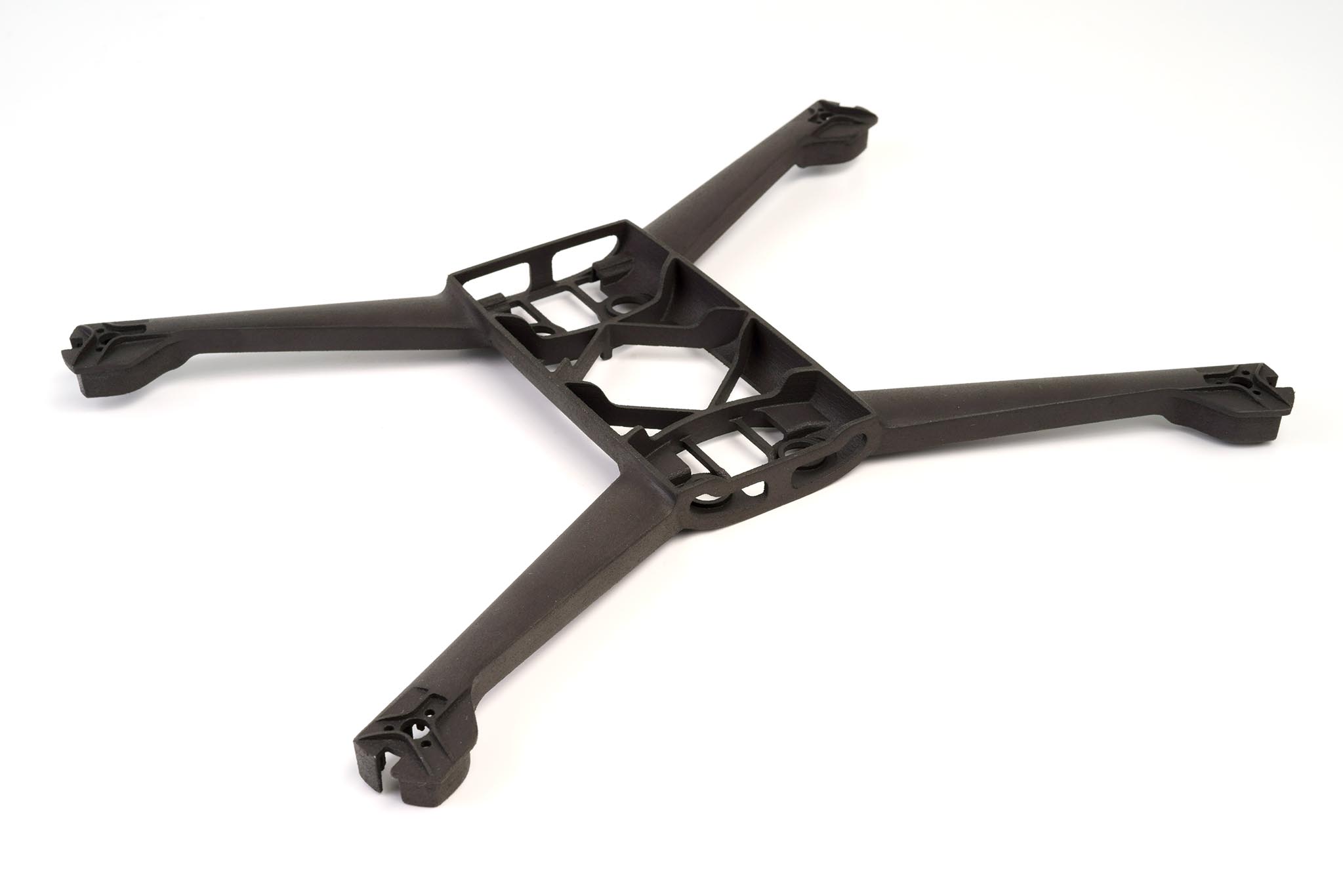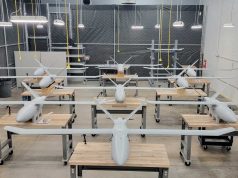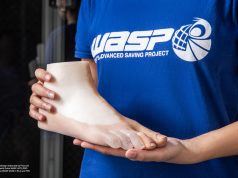Reinforced composite materials that were used in the construction of car and wind tunnel parts and components for racing teams have taken the technology of 3D Printing to new heights to produce parts for the entertainment industry and consumers. The case-study describes the construction of the first leisure drone: Bebop 2.
Parrot Bebop 2 combines robustness and reliability in a lightweight and compact drone.
Powerful with impressive stability and maneuverability even in extreme conditions, Bebop 2 offers very easy-to-use piloting with no learning. Data collected by seven sensor are analyzed and merged thanks to the impressive calculation capability of its onboard computer.
Bebop 2 integrates a front facing camera specifically design for it. Pilot can digitally change the angle of the camera by 180° by just sliding a finger on the screen of the piloting device.
Digitally stabilized on 3-axis thanks to powerful algorithms, images are bright, perfectly stable and without distortion regardless of the drone movements.
Parrot has developed the final Bebop 2 version with the help of Windform GT material.
The first Bebop 2 structure was built on injected parts made with polyamide based glass reinforced composite material.
Then Parrot moved to SLS (Selective Laser Sintering) technology in collaboration with CRP Technology in order to optimize the structure performance without developing long lead time and high cost injection tooling, accelerate iteration generation, improve manufacturing time, facilitate production in series.
The Bebop 2 parts in Windform GT are the main structure (central body) and all singles arms.
The body is robust and flexible, and the arms are reinforced.
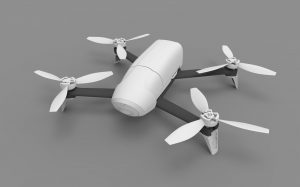
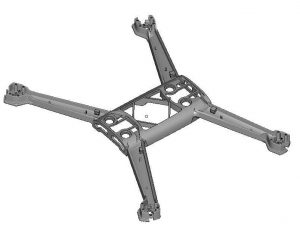
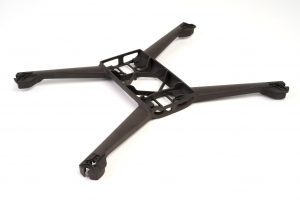
Parrot carried out an original development approach based on experimental diagnosis and FE model aimed at improving the quality of the video during flight (which is usually altered by the vibrations of the drone) through the optimization of drone design.
The structure has been manly developed according to that target and by finding smart design to reduce weight.
Parrot has established that the natural frequencies of the parts made with Windform GT were quite similar to those of parts obtained by injection molding technique applied to glass fiber reinforced polyamide.
Parrot validated that natural frequencies of parts manufactured with Windform GT material were similar to injected parts with polyamide based glass reinforced composite material. Combined to FE analysis Parrot has reduced dramatically the development time.
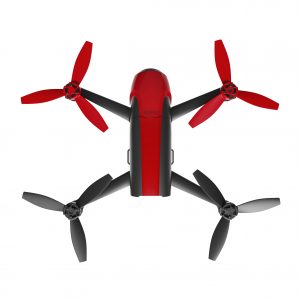
Parrot was also able to evaluate toughness of the product structure (a consumer drone as Bebop 2 is a flying machine led to fall quite often with beginners).
Windform GT proved the only material for 3D Printing technologies able to overcome the accidental fall of tests carried out by Parrot’s technicians.
Parrot highlights others advantages obtained with Additive Manufacturing and Windform GT material: make small batches of production with acceptable mechanical properties to provide functional products to the team (i.e. very helpful to develop others product’s functionalities like flying performances), good aesthetics feature.
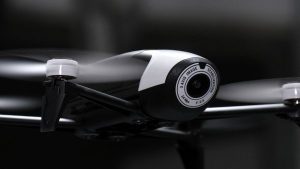
The body structure has been processed in less than 24 hours from receipt of the CAD-derived 3D file.
Using Laser Sintering technology, the end part is devoid of support material as well as the need for elaborate post-processing. Only traditional finishing techniques such as light sand blasting and hand finishing are required to remove unsintered powder. With more than 40 years of experience in Motorsports and F1, CRP Technology specializes in traditional finishing and has developed a series of techniques that allow for a smooth and polished finish where required by the customer.
Subscribe to our Newsletter
3DPResso is a weekly newsletter that links to the most exciting global stories from the 3D printing and additive manufacturing industry.



